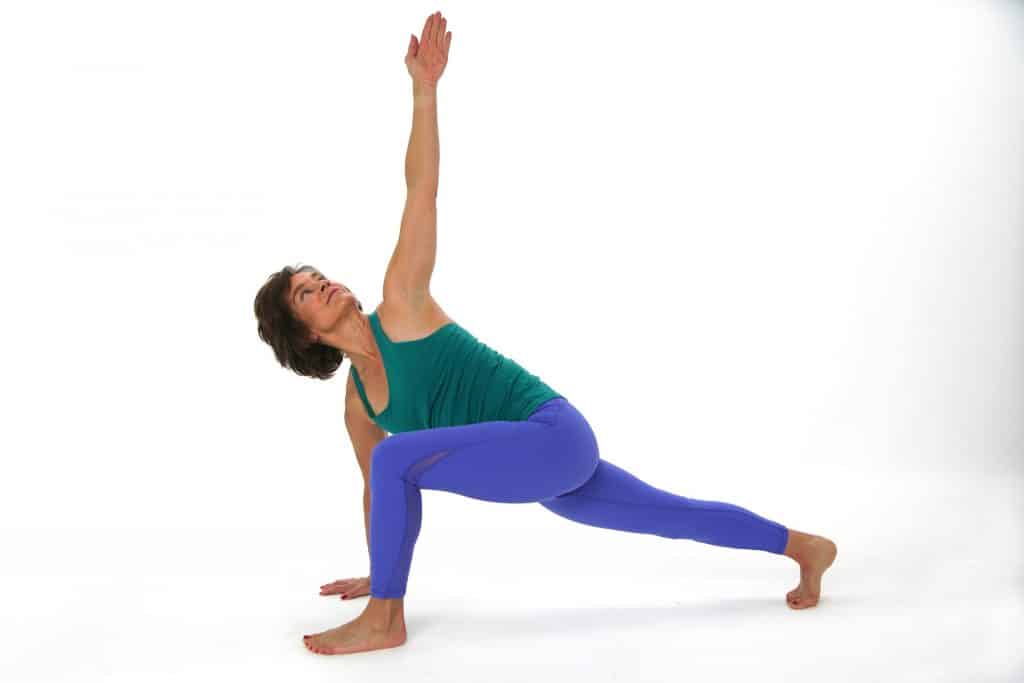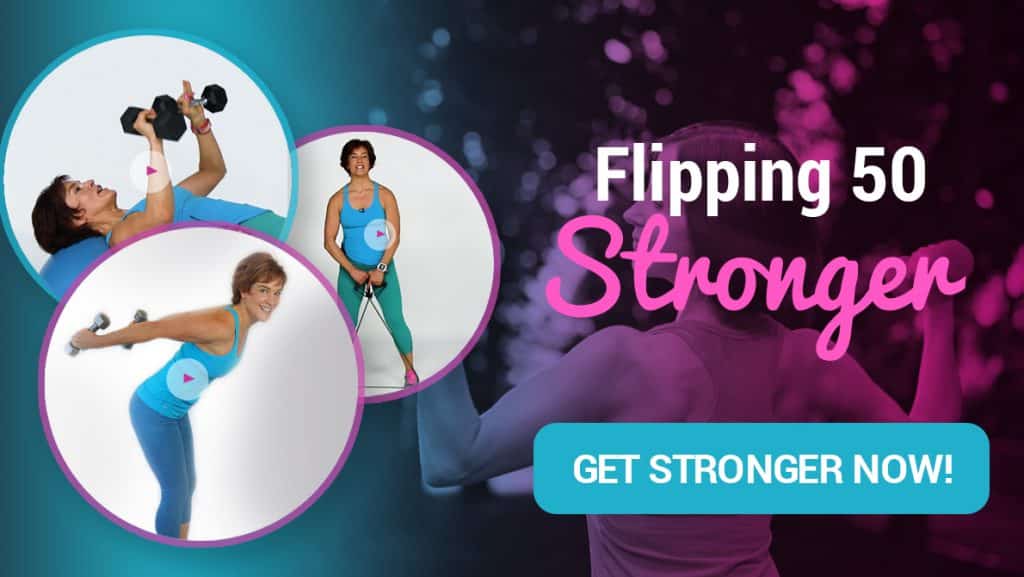Mar 3, 2020
Every year for the past 14 years the American College of Sports Medicine (ACSM) surveys trends of commercial, clinical, community, and corporate fitness & health industry to give a state of the trends. It is designed to confirm or identify trends that have a positive effect on the industry. That is, profit, participation, and is according to the opinion of the survey respondents. The intention of the survey is for readers to determine the application to their business model. This survey of fitness trends then is for profit optimization by fitness agencies.
Please note that last statement!! This survey is not intended to provide end-users, participants, with suggestions or confirm they’re using the right programs. This survey is about “perceived positive effect on the industry.”
This survey is for the fitness professional and health club industry. It is not intended to be a suggestion for participation. It is not a top 10 of best exercise modalities. Though it is often misconstrued as that. In fact, results were reported by US News, in an article ending with “Which trend should you choose?”
This survey has been helpful in identifying trends vs fads.
Fad: being a fashion taken up with great enthusiasm for a brief period
And a trend: a general development or change in a situation or in a way that people are behaving.
A trend then, has sticking power. Those items that make the top 20 list repeatedly and specifically the top 10 have the most sticking power. Keep in mind that can be for many reasons and can benefit all involved. While some may enjoy wild participation by numbers but not long term results. Nothing here speaks to optimal results, or to injury rates. Just be mindful as you listen or read.
At least 3000 fitness professionals all over the world were surveyed about 2020 fitness trends. Respondents’ demographics including years of experience, occupation, income are revealed as part of the results. There is a wide variety of occupations at a variety of agencies included: personal trainer, fitness gym owner, university professor, clinical physiologist, registered dietitian. Most were recruited from within the American College of Sports Medicine certified pros, social media followers, and summit attendees.
1 Wearable technology
This trend has held this spot since 2016.
It’s a $95 billion industry. If you’ve got a Fit Bit, an Apple watch or a Garmin you’re contributing to this one. We seem to love our technology. I’m all for tracking, in fact if it’s “lacking the tracking” it probably won’t stick. But what is still illusive is whether or not you’re tracking the things that matter and if your tech tool is accurate.
Best to track? Body composition. Hands down if you’re only tracking weight you’re missing the importance of this health and longevity factor. That said, it’s not a wearable, yet. Tracking sleep, and heart rate, especially if you have done a test to know where it should be during exercise (math equations don’t cut it) is valuable information.
You do have control over quality and quantity of sleep. Click here for more.
2 High-Intensity interval training (HIIT)
HIIT was #1 in 2014 and 2018, #3 in 2016 and 2017 top 5 between 2014 and 2020.
Despite warnings about increased injury rates that have coincided with the popularity of high-intensity interval training this one is still a top trend.
Fast twitch-focused intervals ARE important for adults 50+. Fast twitch fibers are lost twice as fast as slow. You don't want to lose this direct connection to metabolism and reaction skills that will prevent falls and keep you safely active.
3 Group training in 2020 Fitness Trends
Group training is defined as more than 5 participants. It made the top 20 list first in 2017, then jumped to #2 in 2018 and 2019. Is it popular because of the group training push by trainers and gyms for monetizing space and money or by increased results and benefit? Or because certainly there are socialization benefits in gathering people of like-minded goals together.
4 Training with free weights
This trend debuts at #4 in 2020 as a unique category by itself. Free weight training is nothing new. Yet, survey administrators thought it deserved a unique category potentially because the free weight space in gyms today compared to 10 years ago reveals a more equalitarian use across ages and genders.
This? Is a girl's best friend at any age. Lift. Love. Do Life. Check the next STRONGER program.
5 Personal training
This category includes trainers online, at health clubs, home, and worksites. It’s been a top 10 trend since 2006 when the survey first published.
6 Exercise is Medicine
This is up in 2020 from 7, 12, and 10 in recent past years.
This trademarked term is the project of the American Medical Association and The American College of Sports Medicine. Activity assessments and integrated treatment recommendations are given as part of every patient visit and referring patients to exercise professionals.
7 Body weight training
Body weight training only became popular in the last few years (since 2013) but has been in the top 10 five times. Body weight-only makes it inexpensive and convenient. There are a limited number of exercises without potential exercise injury to joints. It’s limited for older adults for whom pull-ups, dips, and ability to do plyometrics and push ups may be prohibited by prior injury.
8 Fitness programs for older adults
Acknowledging that older adults live longer, work longer, and have more discretionary income, this category has emerged.
My question – and suggestion for you – is to question whether it is a “label”? or is it a program based on ability? Is it based on science? Or is it based on age and segmenting?
Another question to ask is if it is a program that suits your ability? That's much more important than limiting your potential or exceeding what you should do right now. Does it match your now goals AND your later goals?
9 Health/wellness coaching
Health coaches both work independently, for doctors, and double as trainers or other allied health professions. Health coaches don’t diagnose but can help you plan the actions, hold you accountable, problem solve around obstacles, and suggest next tests or support your allied health professionals recommendations as well as give you suggested questions to ask your practitioner.
10 Employing certified fitness professionals
National Commission for Certifying Agencies (NCCA) allows employers easy access to certification validation of their employees. One thing missing still even with an accreditation is the quality control of continuing education. A trainer has to have to continuing education to renew – usually every two years.
A trainer certified as a Medical Exercise Specialist for instance, would not have to prove continuing education that included cancer, fibromyalgia, hormones, women … or the specific demographic they’re working with. A trainer can take anything from courses designed to teach them how to use a TRX, or 10 medicine ball exercises, that may be totally unrelated to their job. There still is no governing body. It’s up to you.
11 Exercise for weight loss
Programs have always existed using the label implying weight loss. What you want and need to question is... is this designed for me? A woman in this phase of life, based on research about a women in this phase of life? With proven success?
You are not a math problem. Some programs promising weight loss are based on a caloric deficit alone. Without food and exercise adaptations that support hormone balance you could end up with the opposite intended results.
12 Functional fitness training
This is a buzz term by fitness professionals. It's odd. Shouldn't all exercise be functional? Don't get sold on a system of "functional exercise" if it doesn't match your goals. Your trainer should be able to match your GOALS to the exercise protocol, the sets, reps, weight, and progression of your program. THAT is functional and always has been.
13 Outdoor activities
Forest bathing is alive and well for stress reduction. From light exercise to extreme adventures, the outdoors awaits. Retreats with outdoor focus are an appealing motivator!
14 Yoga
Most definitely a strong player, remember there are many "limbs" of yoga. There is an option you may like even if you've not found it. You can however, also practice in minutes so don't stress about another 45 minute or 90 minute class. Regular and consistent benefits come from regular and consistent yoga, there's no minimum time required.
15 Licensure for fitness pros
This conversation has been on the table for between 10 and 15 years at this point. It’s not something that is going to happen in the near future. There are a lot of gaps in the fitness industry that make this a challenging switch, from the many current certificates, certifications, and range of pay, and means of compensation.
Though the standard of service might improve, this also might hinder the ability of training to cater to the needs of the customer and eliminate low budget options that may be better than nothing.
16 Lifestyle medicine
This item debuts on this survey as the practice of helping individuals adopt healthy behaviors. First need is to identify them (improving diet, increasing physical activity to the right extent, while tobacco and alcohol use are much more clear – others are no longer so).
17 Circuit training
This staple has been around for years and will stay. The question for you to ask is combining strength and cardio in a circuit as effective for metabolism? The answer? No. You may burn more calories during the workout, but permanent changes in metabolism don't appear as positive. Circuit your strength, circuit your cardio or intervals, but optimize those workouts rather than mix them up the majority of the time.
18 Worksite health promotion and well-being programs
You spend a lot of your waking hours at work. Like schools should actively be promoting health for children if your work supports a healthy lifestyle, even encourages it, so much the better.
19 Outcome measurements
It’s absolutely bizarre to me that this is not a part of every single trend item listed and the reason it was selected. Should anything appear here that is not measured?
That should bring you back to the question about this survey. Is it a survey of how clubs, gyms, and trainers make the most money from the most popular programs, perhaps marketed with the best images and words? Or of the trainers’ preference for workouts themselves? Is there proof of science behind the trends that should fuel whether or not it’s for you?
20 Children and exercise
And that’s it. That’s all 20 of the trends that made it this year and how they ranked. We clearly need more for children and exercise if we hope to raise healthier adults and overcome the childhood obesity epidemic happening. However, it’s not potentially as simple as exercise options for children.
We need parent awareness of nutrition choices and lifestyle habits related to electronics and ways to get entire families moving together.
Your thoughts? I’d love to hear (read) them!





